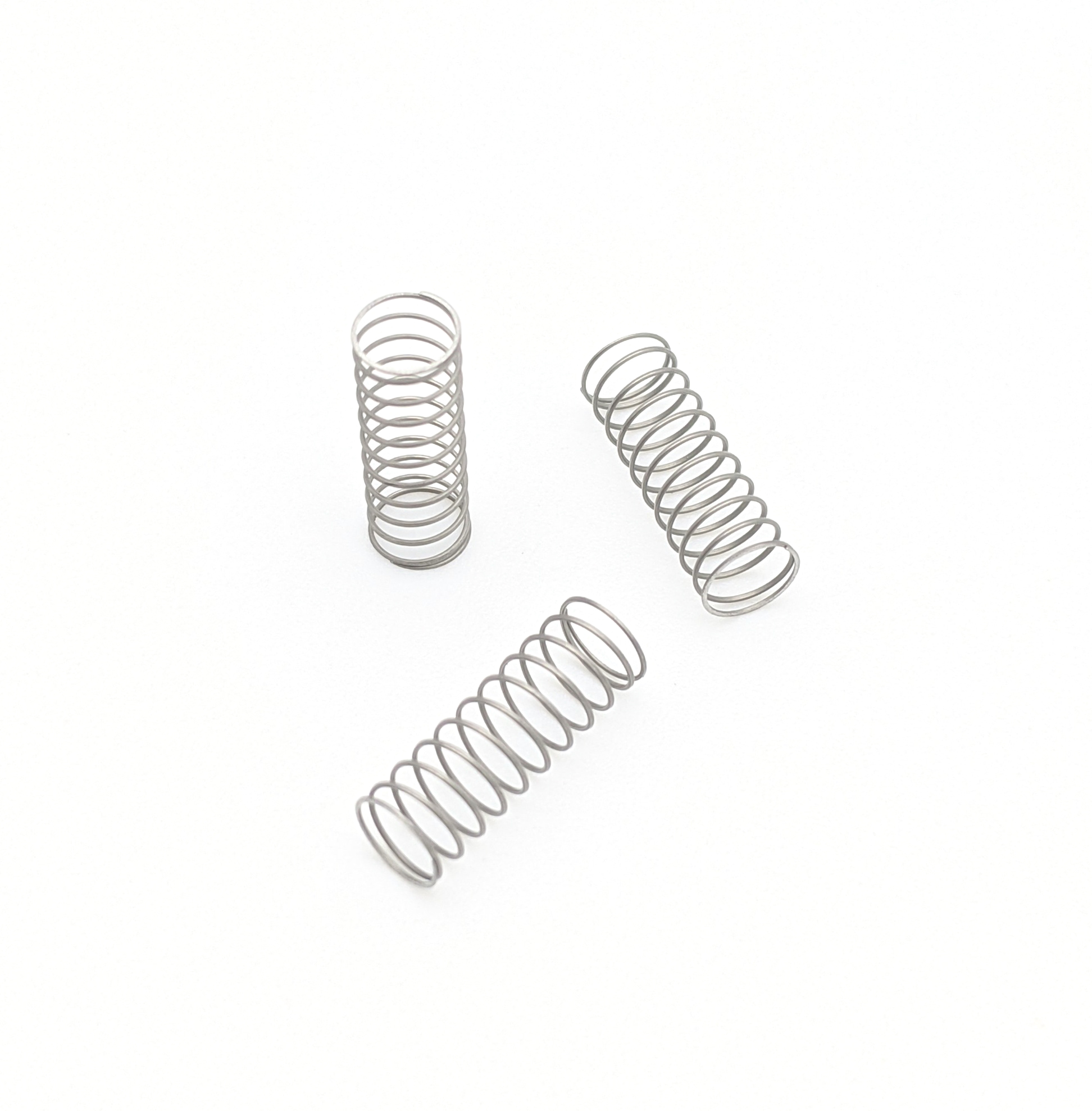Get unique, complex parts easily. No matter your requirements, Chaoyi Spring creates hard-to-produce coil springs and wire forms.
Let us help you create the custom wire form you need, from S-hooks and J-hooks to utility hooks and more.
We work closely with customers across a wide range of industries, helping them design and manufacture made-to-order parts.
Why choose Chaoyi Spring? We prioritize customer-focused collaboration, modern equipment and the latest technology to make your parts per print.
Find the information and guidance you need, from measuring a spring to learning about materials, placing an order and much more.
Springs are essential components in countless mechanical systems, from simple door hinges to intricate automotive suspensions. Understanding how to maximize their compression is crucial for optimizing performance, ensuring longevity, and


Springs are essential components in countless mechanical systems, from simple door hinges to intricate automotive suspensions. Understanding how to maximize their compression is crucial for optimizing performance, ensuring longevity, and preventing premature failure. This article delves into the intricacies of spring compression, exploring key factors that influence its effectiveness and offering practical tips for achieving optimal results.

Spring compression is the process of applying a force to a spring, causing it to shorten in length. This force is typically measured in pounds or kilograms and is known as the 'load'. The amount of compression achieved is directly proportional to the applied load and the spring's stiffness, which is a measure of how much force is required to compress it by a specific distance.
The compression of a spring is a vital aspect of its functionality. It enables springs to store energy, absorb shock, and provide resistance to movement. For instance, in a suspension system, the spring compresses to absorb the impact of bumps, while in a door hinge, it provides resistance against the door's opening and closing.
Several factors influence the compression of a spring, and understanding their impact is critical for optimizing its performance. These factors include:
Now that we understand the factors influencing spring compression, let's explore some practical tips to maximize its effectiveness:
Achieving maximum compression in a spring is essential for maximizing performance, ensuring longevity, and preventing premature failure. By understanding the factors influencing compression, selecting the right material, optimizing spring design, and controlling environmental factors, you can significantly enhance the performance of springs in your applications. It's essential to always remember that spring compression is a dynamic process, and a deep understanding of its intricacies is crucial for achieving optimal results.
In conclusion, understanding the factors that influence spring compression is crucial for maximizing its effectiveness and ensuring its longevity. By carefully selecting materials, optimizing designs, and controlling environmental factors, you can achieve optimal compression and enhance the performance of springs in countless mechanical systems. Remember, a well-compressed spring is a testament to thoughtful design and meticulous engineering.
Browse some of the custom wire forms and springs that we manufacture. Don’t see what you need? We specialize in made-to-order products that meet your application requirements.
Visit Our GalleryNeed a custom wire form or coil spring? We make it work. Fill out the contact form and a representative will respond within 1 business day. If you have a PDF or CAD file, you can submit to request a quote.